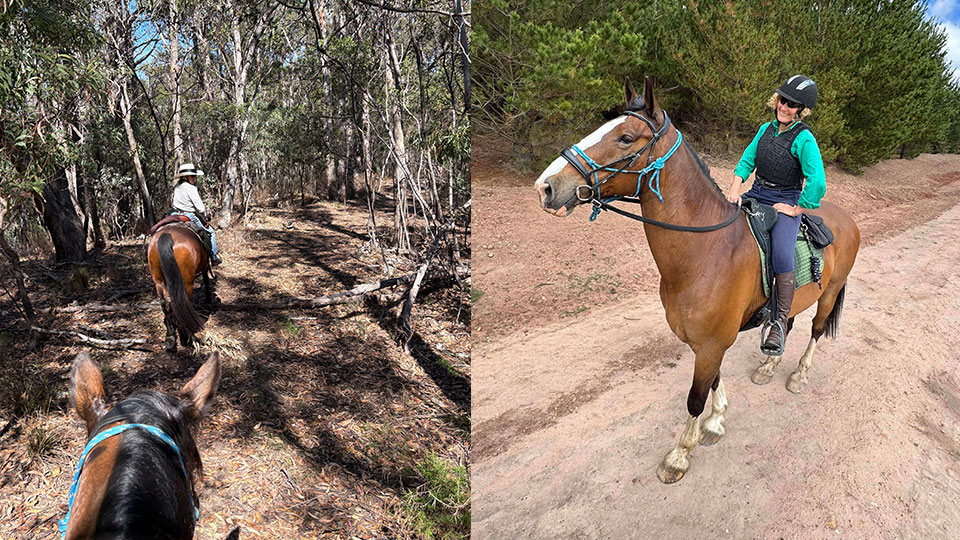
Leading a team in a time of crisis takes more thought than usual. The environment is changing rapidly and there’s high uncertainty. Fear can be contagious. Your people are at greater risk of disconnecting and disengaging.
Recent studies from neuroscience have shown that for our physical health, social connection is just as important as emotional health. A frightening fact – social isolation is as dangerous to our health as smoking two packs of cigarettes a day!
The good news is that many thoughtful leaders are creating opportunities for connection, and experiencing their teams as more connected than ever despite the physical disconnection.
Here are 6 strategies to keep your team together:
- Communicate what you don’t know as well as what you know. A leader told me last week on a webcast ‘I am worried that I am overcommunicating.’ Don’t worry – you probably aren’t! People want to be kept up to date with your organisation’s operational and strategic responses, and decisions that impact them. Communicate what you know, and where there are still gaps (there are plenty of uncertainties right now!), let people know about them too.
- Ask more questions. Almost in contradiction to my first point (have you noticed the many seemingly contradictory paradigms we are working in right now?), tell less and ask more. When you ask good open-ended questions, you will learn more about what they are doing and thinking, and how they are feeling. You need this data even more than usual as you can’t observe them going about their day’s activity.
- Check in daily. In my team we do a morning check through our team chat. We each answer the question ‘How do you feel today?’ where 1 is ‘crap’ and 5 is ‘fabulous given the broader circumstances’. We add a sentence or two on what’s causing us to think/feel that way, personal or professional. This daily check has a number of benefits. First we have to ask ourselves the question, building self-awareness. Secondly it helps us understand where our colleagues are at. And finally, putting language around strong emotions helps to calm the brain.
- Connect to purpose. When things are a little crazy, it helps to come back to purpose. ‘What am I here for?’ You might reflect on your broad personal or leadership purpose, or you might ask yourself a more micro-question like ‘What is my purpose as a leader in this moment?’
- Create informal connection opportunities. One leader I spoke with last week was doing a virtual afternoon tea each day with his team where talking about work is not allowed. One of the groups I am part of has Friday night drinks 4 to 5 PM – bring a drink and review the week or just talk silliness. You might have a WhatsApp chat running through the day, or if your organisation doesn’t have Zoom, you can get a free version for ‘meetings’ up to 40 minutes.
- Remain calm. Your state matters as you are emotionally contagious (yes, that’s a real thing) and your team will catch agitation and fear from you. They will also catch calm, so stay grounded.
‘Social distancing doesn’t mean social disconnection’ is a meme that’s developed energy over the past weeks. Make that true for your team. How could you lead better connection today?
Go Fearlessly
STAY IN THE LOOP





